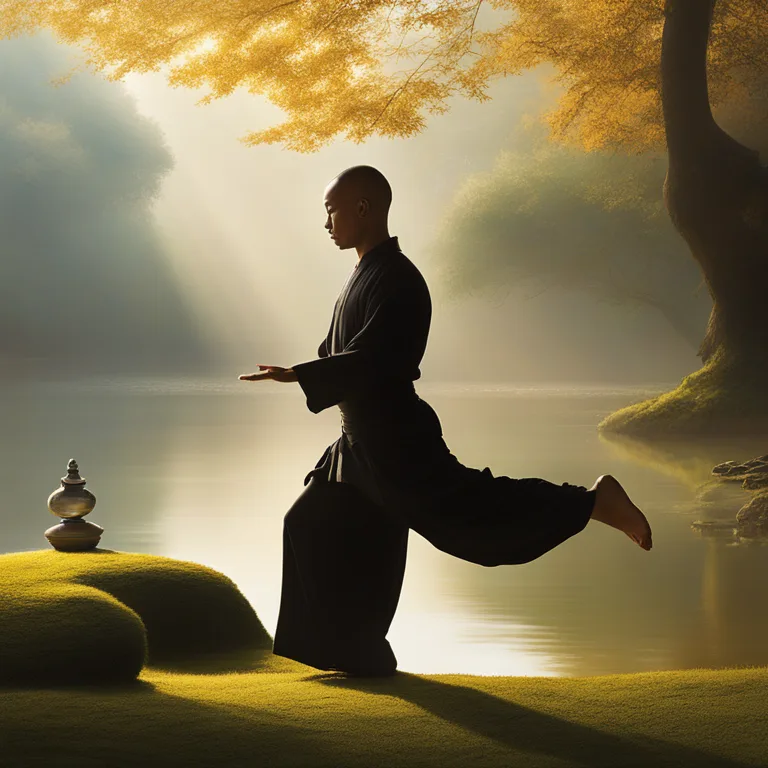
Diverse Meditation Techniques: A Guide
Delve into the serene world of meditation with an overview of various techniques designed to enhance mindfulness and tranquility.
article by Hina Kurosawa
Meditation: An Introduction
Meditation has been practiced for millennia as a means to cultivate inner peace, mental clarity, and emotional stability. It is an umbrella term that encompasses a wide range of techniques and practices aimed at focusing the mind and achieving a state of relaxed awareness. Contrary to popular belief, meditation is not a one-size-fits-all endeavor but rather offers a multitude of pathways tailored to individual preferences and lifestyles. As interest in personal well-being continues to rise, meditation has gained substantial traction, making its diverse techniques more relevant than ever.

The Breath as a Foundation
Among the most accessible meditation techniques is breath-focused meditation—often referred to as mindfulness or Vipassana meditation. This practice involves paying close attention to the breath, observing its natural flow in and out of the body without attempting to control it. Practitioners learn to anchor their attention on this process, letting go of distractions as they arise. This foundational technique develops concentration and can be beneficial for individuals looking to manage stress, enhance concentration, and cultivate a deeper sense of presence in the here-and-now.

Mantra Meditation
Mantra meditation employs the repetition of a sacred word or phrase, known as a mantra, to focus the mind and promote a state of trance-like calmness. Mantras can be spoken aloud or silently, and are chosen for their vibrational quality as much as for their meaning. This practice, deeply rooted in various spiritual traditions, is often used to increase self-awareness and to connect with higher states of consciousness. It is particularly suitable for those who find silence challenging and benefit from a more structured approach to meditation practice.

Movement as Meditation
Tai Chi and yoga are illustrious examples of movement-based meditation that combine physical postures, breathing exercises, and focused intention to instill a meditative state. This form of active meditation is ideal for those who find peace in motion and seek to harmonize body and mind. With practices adaptable for every fitness level, these ancient arts encourage mindfulness through gentle movement, fostering flexibility, balance, and relaxation while also offering astrological benefits by aligning bodily rhythms with universal energy flows.

Zen Meditation Techniques
Zen meditation, or Zazen, is the cornerstone of Zen Buddhism, emphasizing rigorous sitting meditation. The practitioner sits in a specific posture and focuses on the breath while allowing thoughts and sensations to pass without attachment. Zazen is an austere meditation form that can be quite challenging for beginners but can lead to profound insights and a deep understanding of the self, specifically aligning with the idea of the cosmic void in astrology, symbolizing limitless potential and the birthplace of all things.
Transcendental Meditation
Transcendental Meditation (TM) is a form of silent mantra meditation developed by Maharishi Mahesh Yogi. It involves practicing twice daily for 20 minutes, sitting with closed eyes and silently repeating a personalized mantra. This technique requires specific instruction from a certified teacher and promises benefits such as reduced stress and anxiety, improved cardiovascular health, and enhanced cognitive function. TM is designed to transcend ordinary thinking processes to reach a state of pure consciousness, often associated with the expansive energy of Jupiter, as it encourages growth and enlightenment.
Guided Visualization
Guided visualization or guided imagery is a relaxing practice where one visualizes a peaceful scene or series of images with the help of a guide or recording. The calming nature of visualization can transport the practitioner to serene landscapes or imagined places of power, often drawing on nature's elemental energies like water for purification or fire for transformation. This kind of meditation can be especially conducive to those interested in astrology as it allows them to envision celestial bodies and the zodiac, fostering a deeper connection to the cosmic forces at play in their lives.
Published: 12/20/2023
Modified: 12/20/2023
More predictions
Come back here soon to learn more about yourself and your future


Advanced Techniques For Deepening Meditation
Discover the serene path to mindfulness meditation with this simple, step-by-step guide focused on fostering tranquility and self-awareness in your daily life.


Building A Daily Meditation Habit
Embrace serenity and enhance well-being with simple, everyday mindfulness meditation exercises.


Beginner's Guide To Mindful Meditation
Discover key steps to starting your journey into mindfulness meditation with this beginner-friendly guide.